Becoming the patron of the new MIDEM (International Record and Music Publishing Market), now renamed MID3M+, held every year since 1967 in Cannes, France—Jean-Michel Jarre shares with us the new goals to be achieved for this congress, between the promotion of niche music and the role of technological advances.
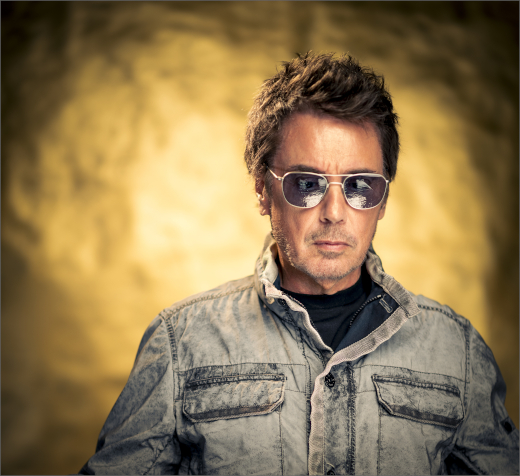
An essential pioneer of French electronic music
While he has just released a new immersive album, Oxymore, accompanied by its Oxyville metaverse, Jean-Michel Jarre, an essential pioneer of French electronic music, is also becoming the patron of the new MIDEM (International Record and Music Publishing Market), now renamed MID3M+, held every year since 1967 in Cannes, France. He shares with us the new goals to be achieved for this congress, between the promotion of niche music and the role of technological advances.
Christopher Mathieu / Igloo :: How were you chosen as the patron for MID3M+?
Jean-Michel Jarre :: Well, David Lisnard, the Mayor of Cannes, contacted me saying “I have decided to take over the Midem brand” and would I agree to be its patron since Midem is now the MID3M+, with the desire to imprint an image of innovation right from the start, particularly linked to sound and to music, of course. And I immediately accepted for several reasons: firstly because I find that Midem is a brand which is known throughout the world, which has pretty much fallen into disuse, in a certain way, or which has not been able to adapt to the evolution of music in the last 20 or 25 years. So, it was a bit emptied of its content, but at the same time, today, after Covid, we realize that in this moment of disruption on the technological level and on the very level of the way we consume, in the good sense of the term, music, cinema, etc., we can clearly see that things are changing and that with the emergence of immersive worlds, the metaverse, VR, etc., we finally realize, when we talk about immersive worlds, that everyone has visual universes in mind, but very few are concerned with sound and music, when, for humans, the visual field is 140 degrees and the auditory field is 360 degrees.
And so, for us, the first of the senses that is sensitive to immersion is hearing, these are the ears. And I think it’s very important that an event like Midem can precisely celebrate this know-how that we have in France historically with the Groupe de Recherche Musicale and Pierre Schaeffer, Pierre Henry who were the pioneers to whom I pay tribute to through « Oxymore », and the IRCAM (Institute for Acoustic/Music Research and Coordination) as well, and then all these start-ups relative to immersion which are among the most advanced in the world. And therefore, there is a possibility, precisely, thanks to events like Midem, of being able to participate in the digital sovereignty of tomorrow, of Web 3.0 in particular, thanks to this know-how that we have. And in a country that is traditionally more of literature and cinema, we need events like Midem. So, that’s why I’m very happy to be able to sponsor it and to open it with, in addition, three concerts that are completely focused on technology, on innovation.
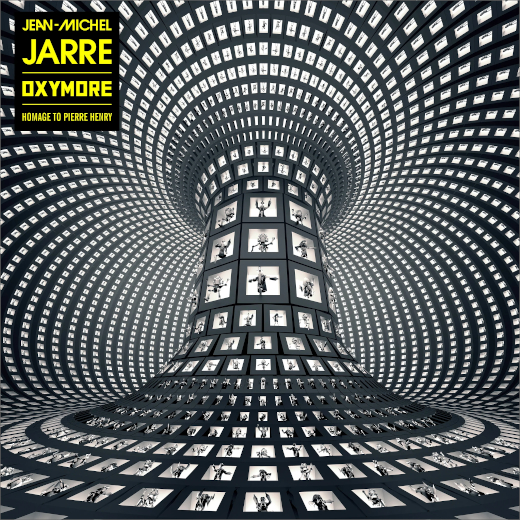
For your last two albums, (Amazônia, 2021 and Oxymore, 2022), you seem to have opted for a method of composition which is quite different from that used for the previous ones, with a lot of superimpositions of sounds and textures, leaving a bit aside the traditional melodies that you usually do. Technically, how do you approach this type of composition? Do you, perhaps, use more computers than usual?
Well, yes and no. I mean, if we talk about Oxymore, the latest album, actually, I started from the idea that for centuries, in fact, our relationship to music has been a frontal one. That is to say that when we compose for the orchestra, we visualize the orchestra in front of us, when we are in the studio, we have the loudspeakers in front of us, when we are in concert, we have the sound system in front of us, and finally, we have this relationship in 2D, frontally, with the music. However, stereo does not exist in nature. When we talk to each other, we talk in mono. A singing bird sings in mono. In fact, it is the environment around us and our ears that create perspective in audio. And paradoxically, with today’s technology, we can go back for the first time to conceiving music as we simply conceive sound in everyday life, that is to say not being in front of the music but being inside the music. And what’s special about Oxymore—which I had already started to explore a bit with Amazônia, but especially with Oxymore—is to actually compose from the start in 360, that is to say “I’m not going to design my orchestration, my arrangement in front of me, but in fact around me. It’s by placing the sounds a bit like objects around you, by saying to yourself.” Well, this sound, I want to have it here, behind me, on the left, and then have it travel ahead of me to the right. Obviously, that’s a totally different way of composing. That is to say that, all of a sudden, each sound has its living space, it’s a total change.
And so I explored, I would say, without reference, since it hasn’t really been done before, with a result that I think is quite convincing and that I want to democratize in two ways, because ultimately, at the end, who cares about technology ? What matters is the result, it’s the emotion and the emotion that we share with the audience. And that’s what I want to do here in Cannes with the live set, in a way, with devices like that, which today is a device that we installed in the Salon des Ambassadeurs in the Palais des Festivals, but which tomorrow could be much larger, much bigger, welcoming a lot more people, and then at the same time also being able to share with the public, with standard headphones and their smartphone or laptop, by downloading—of course, the album is available in stereo—but by downloading the binaural version. That is to say, actually, roughly what we see around us here, but brought back to the headphones, that is to say to have the immersion and the feeling of immersion in the headphones, and therefore, consequently, this idea of immersion, of 360, which we have known for a long time in cinema with Dolby Atmos. When we see films like Avatar, we are already used to being immersed by the sound, but in relation to the music, it was not yet something that had been done, and so I am happy to present it, obviously, in Cannes, in preview, or in premiere, to be more exact.
To imagine completely new scenographies ::
The advance of AI in musical composition, do you see it more as a dehumanizing danger or rather a salutary progress?
Well, technology has always dictated styles and not the other way around. It’s because we invented the violin that Vivaldi made the music he made, because we invented the synth that people like me or others are here, so technology is neutral, it depends on what you do with it. And for me, AI is not necessarily a danger if it is used well, that is to say that each time, and more and more, as technology becomes more sophisticated, we need to think about regulations. So, there is a code of ethics that we will have to create, invent quickly vis-à-vis artificial intelligence: how far we set the limit, and then also all the intellectual property problems that will arise. This is why the Midem will also pose all these problems in the years to come and why it is very important to have an event which can look into all these subjects with the fact that in the long term, we can have meetings here, precisely, which can reflect on a code of ethics, on regulations in terms of intellectual property, copyright, etc.
Does the creation of Oxyville mean that you intend to abandon live concerts to focus on the virtual?
Not at all. For me, VR is a mode of expression in itself like cinema was in the early days of theater, where theater people said “These people who are moving on a white canvas, they’re not real actors, a real actor is an actor on stage with their audience.” And in fact, we realized that not only has cinema become a major art, and not only has it not weakened theater, but it has strengthened it just as television has reinforced cinema. So, virtual reality must be considered today as an additional mode of expression that reinforces live performance and not the other way around. And for me, what interests me is doing just as much live concerts like here, but also, at the same time, that they are hybrid and that I can also be live in the metaverse and in VR because that reaches another audience, because people find themselves side by side with others who are physically in Shanghai, Rio, Berlin, London or Cannes. And therefore, that is something completely new and which also allows, at a lower cost, to imagine completely new scenographies, graphics, visuals, and this is an opportunity for young artists.
Of all the spectacular concerts you have given, if you could relive one, which one would it be?
It’s complicated because reliving them is not necessarily what I would wish, but if there is one concert that I retain, it would probably be the one I did in my hometown of Lyon for the visit of Pope John Paul II (October 5, 1986 – ed.), because the stage was exactly on the market place where I used to go with my grandmother, and indeed, there was a collision at the same time between the reminiscence of memories and a spiritual side that impressed me very, very much.
Between 2017 and 2022, you released more than 200 sound designs created for France Info (French national non-stop news radio station since 1987 – ed.) and we ultimately know very little about them. Were they composed over several periods or do they date from the period preceding their release?
Actually, I’ve always been very interested in the relationship between music and news, and in fact, I really approached this project as a film score for news. With the information which is a very particular animal since it is an animal which is indeed alive, which progresses, which moves permanently. So, in fact, all these different musical sequences, I finally designed them gradually, a bit like summer collections and winter collections, keeping the DNA of the initial themes, but evolving it over time.
You are undoubtedly the most famous of contemporary experimental musicians, with Aphex Twin a little further behind. The majority of independent experimental and IDM labels are generally on the verge of shutting down right now due to the ever-increasing cost of manufacturing vinyl, especially in Europe, and the vast majority of experimental artists finds itself confined to digital self-promotion, on Bandcamp in general, following the total lack of media coverage of this type of music.
Sure.
What can be done, in your opinion, to promote the experimental electronic scene and perhaps revive its inclusion with the public?
Well, I think that, precisely, we are at the heart of the matter. I think that events like Midem are not neutral. They can really help independent labels, artists, with the fact that if we start to think, to link events like Midem with the metaverse and the virtual, that is to say democratize tools of realization, production, precisely, to artists who are just starting out, and therefore to be able to change the gauge, to reach an audience that they could not reach otherwise, I think that there are really big possibilities for all independent artists who try to trailblaze and explore. I think we are really in a period where we have the possibility for artists who are a bit out-of-the-box to be able to give them the means to express themselves. And that’s really what I’m fighting for, in any case.
Radio has a bright future ahead of it ::
In the same way as the positioning of (French-German TV channel) Arte in relation to the major TV channels which deliberately decides to promote culture despite a lower audience, do you think that a cultural unit which aims to promote only music dubbed alternative would be possible and potentially viable?
Absolutely. The problem we have in France is that we are historically a country of cinema and literature, and not really of music. The CNC (National Center of Cinema and the Moving Image) was created in 1946, the CNM (National Music Center) in 2020. 75 years apart, that says it all. And so, I think that, at the same time, we see the public service which, all the same, follows a confused editorial line – I’m not just talking about France Inter (Main French national radio station of the public service since 1947 – ed.)—which is still quite daring, quite oriented, precisely, towards experimentation. We can never pay enough tribute to the public service and its pioneering side in terms of sound innovation, so I think that indeed, we can absolutely be hopeful about the fact that in France, we can have the tools to be able to ensure that we can—not in the traditional media like TV or radio.
I think radio has a bright future ahead of it, and then more and more too, again, all the XR and VR technologies that will make possible, at a lower cost, to communicate with audiences around the world. So I think we just have to manage to democratize the tools. There must be a political will in France and I think it can exist, to be able to participate, basically, in the sovereignty of tomorrow. Because the problem is that there has been too much of a tendency in France, particularly in Europe, to separate production from the broadcasting tools, and to leave them in the hands of the Americans. And so, that’s right, today, there is an opportunity to precisely try to have control over the broadcasting tools. I’m not even talking about distribution but about broadcasting. Because that’s the problem, what you’re saying there: it’s the fact of being able to manage to be broadcast and to broadcast the works that exist. And we have a vision of the world, we have a way of expressing ourselves in terms of sound, in particular in terms of music, and therefore we, Franco-Europeans, need to have mastery of the broadcasting tools. It’s capital, otherwise, we will become, as I have often said, the Aztecs of Cortés, we will be bought even more by cheap audio trinkets. But I think we have all the means in France to do it.
Oxymore is available on Sony/Columbia. [Site | Lnk.to]
Photo © François Roussseau






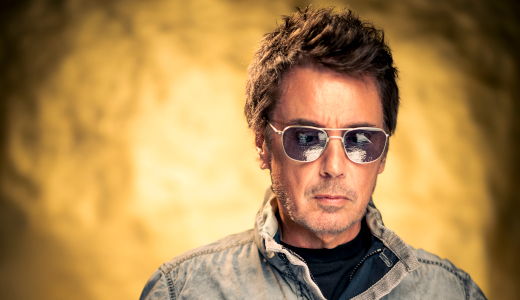





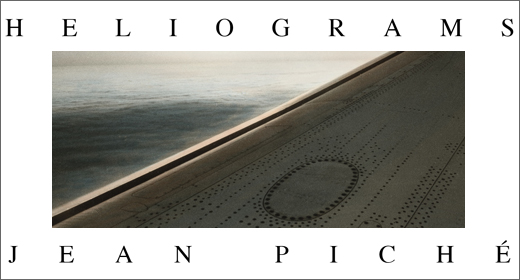
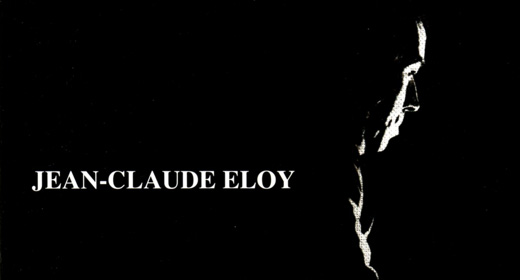
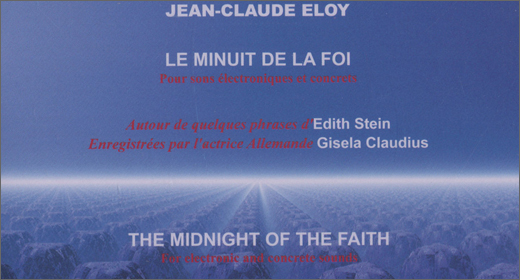
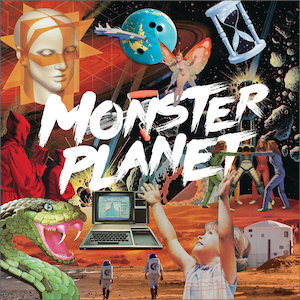







![Romanowitch :: A critical season substitute (glitch.cool) — [concise]](https://igloomag.com/wp/wp-content/uploads/2025/03/romanowitch-a-critical-season-substitute_tape_feat-75x75.jpg)

